 Snub Mosley
Snub Mosley
Race and Ethnicity: African American
 Snub Mosley
Snub Mosley
Mosley, Lawrence Leo “Snub”
Mullens, Nat (Lynching of)
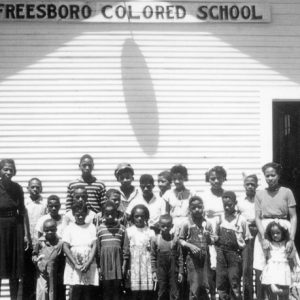 Murfreesboro Colored School
Murfreesboro Colored School
Myers, Amina Claudine
 Amina Claudine Myers
Amina Claudine Myers
Nahziryah Monastic Community
aka: Purple People
Nash, Bob J.
National Association for the Advancement of Colored People
aka: NAACP
National Black Political Convention (1974)
Ne-Yo
aka: Shaffer Chimere Smith Jr.
 Ne-Yo
Ne-Yo
Neal, Hemp (Lynching of)
 Olly Neal
Olly Neal
Neal, Olly, Jr.
Neely, Amos (Lynching of)
Negro Boys Industrial School Fire of 1959
aka: Wrightsville Fire of 1959
Negro Motorist Green Book, Arkansas Listings in the
Nelson, Bud (Lynching of)
Nelson, Dan T. (Lynching of)
Nevada County Race War of 1897
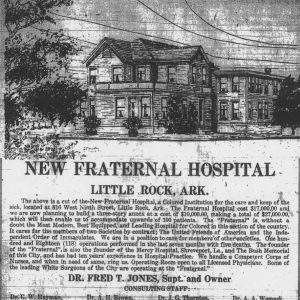 New Fraternal Hospital Ad
New Fraternal Hospital Ad
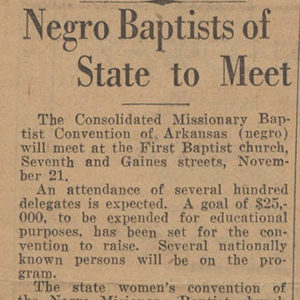 Newspaper Clipping
Newspaper Clipping
Newton, Lee (Lynching of)
Nighthawk, Robert
aka: Robert Lee McCollum
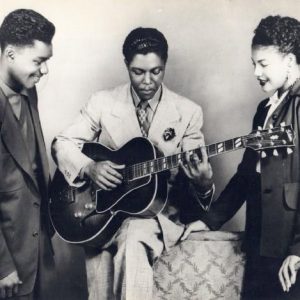 Robert Nighthawk
Robert Nighthawk
Nine from Little Rock
 Smokie Norful
Smokie Norful
Norful, Smokie
aka: Willie Ray Norful Jr.
Norman, Will (Lynching of)
North Little Rock Six
Northern Ohio School
 Notorious
Notorious
NYA Camp Bethune
aka: Camp Bethune
Oak Grove Rosenwald School
Oaks Cemetery
Oats, Presley (Lynching of)
Oliver, Dan (Lynching of)
One-Drop Rule
aka: Act 320 of 1911
aka: House Bill 79 of 1911
Original Tuskegee Airmen
aka: Tuskegee Airmen, Original
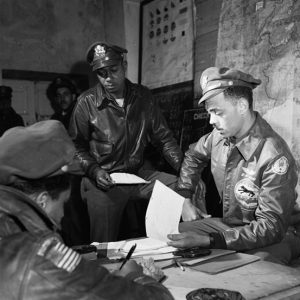 Original Tuskegee Airmen
Original Tuskegee Airmen
Owen, Hurley (Lynching of)
Owens, Silas
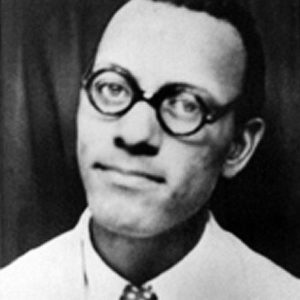 Silas Owens
Silas Owens
Owens, William (Execution of)
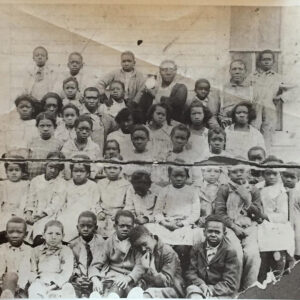 Ozan Students
Ozan Students
Ozark Schools, Desegregation of
Pankey (Pulaski County)
Pankey, Josephine Irvin Harris
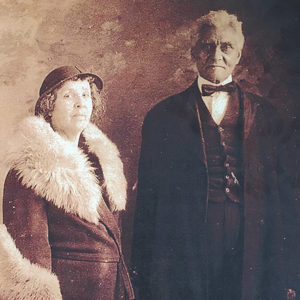 Josephine and Samuel Pankey
Josephine and Samuel Pankey




